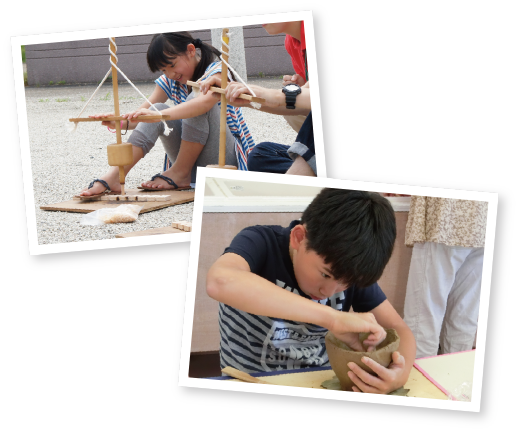
About Higashimatsushima
Higashimatsushima is home to Miyatojima, the largest island in Matsushima Bay. Be sure to climb Mt. Otakamori during your visit. From the mountaintop you can see the blue of the sea and the sky, with the Blue Impulse soaring in a straight line across it. You’ll be enchanted by your encounter with the beautiful blue scenery.
If you’re looking for a vigorous workout, the Miyagi Olle Okumatsushima course is also a good choice. Take a tour of the eight scenic spots of Shin-Miyato selected by the locals.


















